Complete Solutions to Comprehension of chapter FORCE AND NEWTONS LAWS OF MOTION of Class 11 book with complete answers and questions
| Class 11 | PHYSICS |
| Chapter | FORCE AND NEWTONS LAWS OF MOTION |
| GRB PUBLICATION | Comprehension |
| Number Of Questions | 12 |
| Academic Year | 2023-24 |
Two blocks `m_(1)` and `m_(2)` are allowed to move without friction. Block `m_(1)` is on block `m_(2)` and `m_(2)` slides on smooth fixed incline as shown. The angle of inclination of inclined plane is `theta`
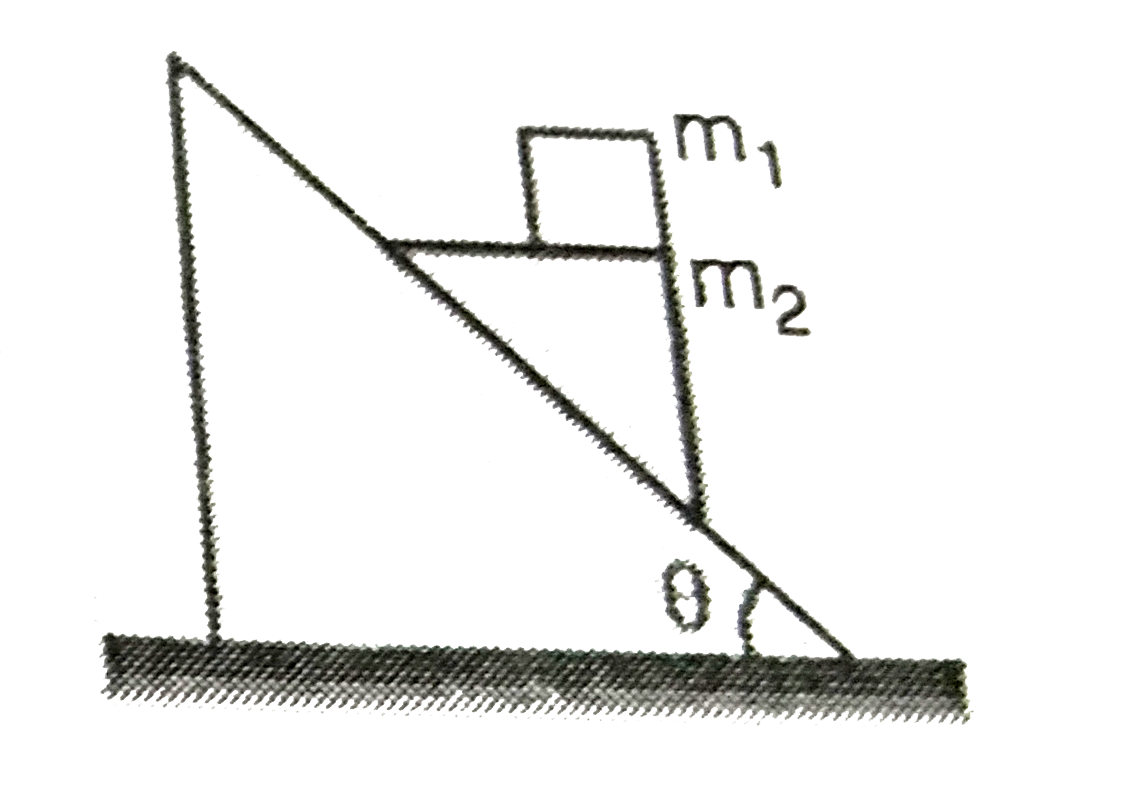
The acceleration of `m_(1)` with respect to ground is:08:06View SolutionTwo blocks `m_(1)` and `m_(2)` are allowed to move without friction Block `m_(1)` is on block `m_(2)` and `m_(2)` slides on smooth fixed incline as shown The angle of inclination of inclined plane is `theta`
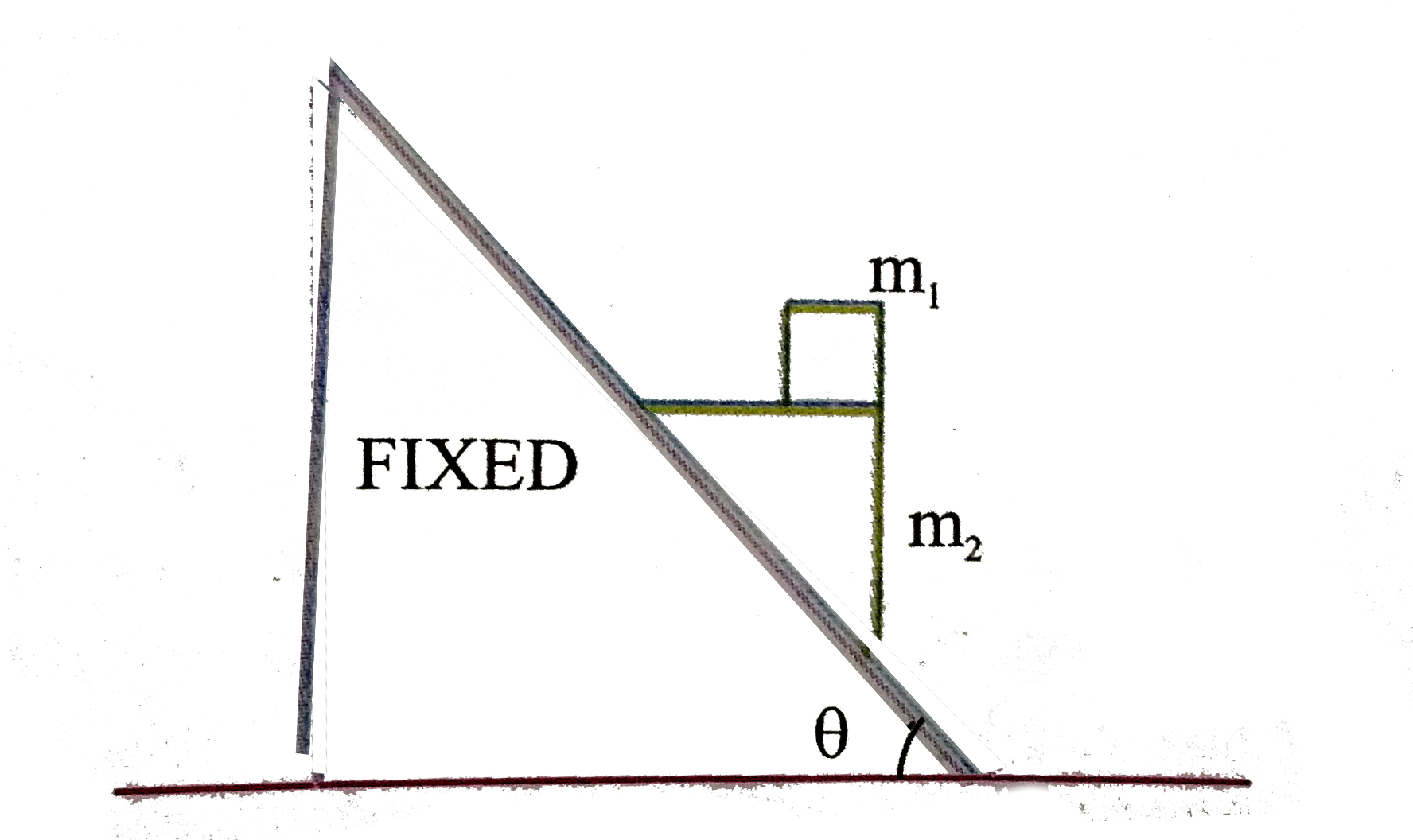 .
.
The acceleration of `m_(2)` with respect to ground is .09:15View SolutionTwo blocks `m_(1)` and `m_(2)` are allowed to move without friction Block `m_(1)` is on block `m_(2)` and `m_(2)` slides on smooth fixed incline as shown The angle of inclination of inclined plane is `theta`
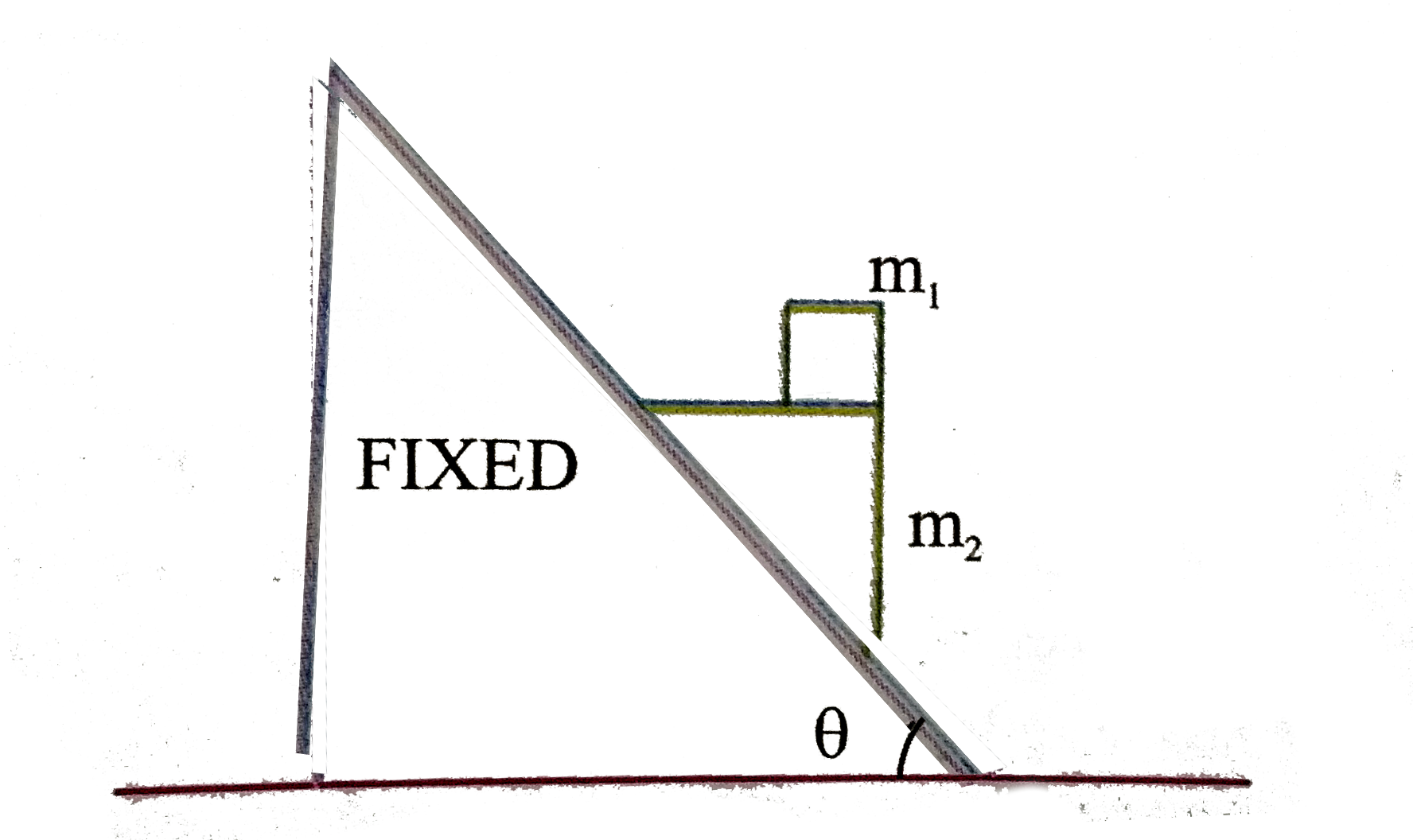 .
.
Normal reaction on `m_(1)` is .09:15View SolutionAt the moment t=0 force F=kt is applied to a small body of mass m resting on a smooth horizontal plane (k is a constant) The direction of this force always forms an angle `theta` with the horizontal as shown.

Find the time t at which moment, the body breaks off the plane:01:22View SolutionAt the moment `t=0` the force `F=at` is applied to a small body of mass `m` resting on a smooth horizontal plane (a is constant).
The permanent direction of this force forms an angle `alpha` with the horizontal (figure). Find:
(a) the velocity of the body at the moment of its breaking off the plane,
(b) the distance traversed by the body up to this moment.
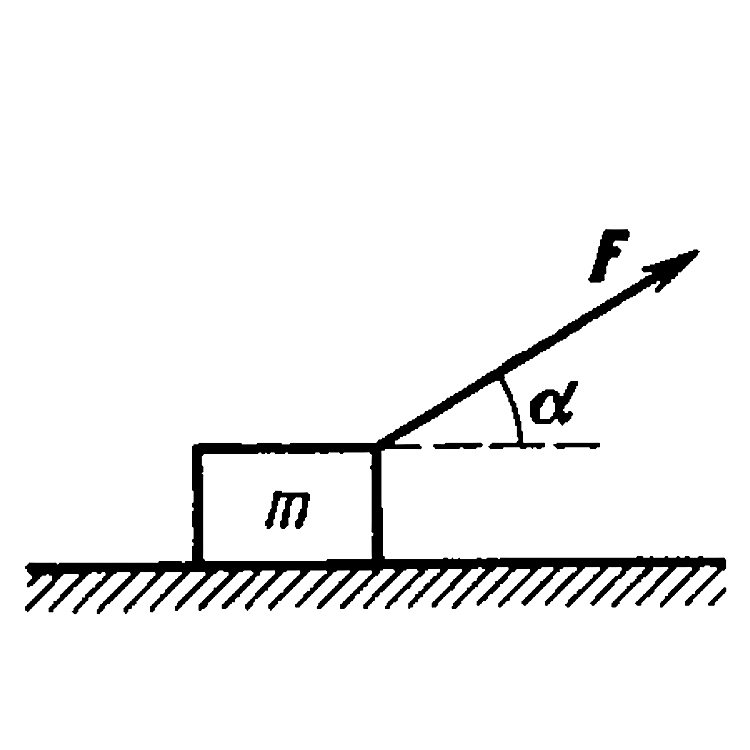 11:09View Solution
11:09View SolutionAt the moment `t=0` the force `F=at` is applied to a small body of mass `m` resting on a smooth horizontal plane (a is constant).
The permanent direction of this force forms an angle `alpha` with the horizontal (figure). Find:
(a) the velocity of the body at the moment of its breaking off the plane,
(b) the distance traversed by the body up to this moment.
 11:09View Solution
11:09View SolutionTwo smooth block are placed at a smooth corner as shown in fig. Both the bloks are having mass m. We apply a force F on the block m. Block A presses block B in the normal direction, due to which pressing force on vertical wall will increase, and pressing force on the horizontal wall decreases, as we increases `F(theta = 37^(@)` with horizontal).
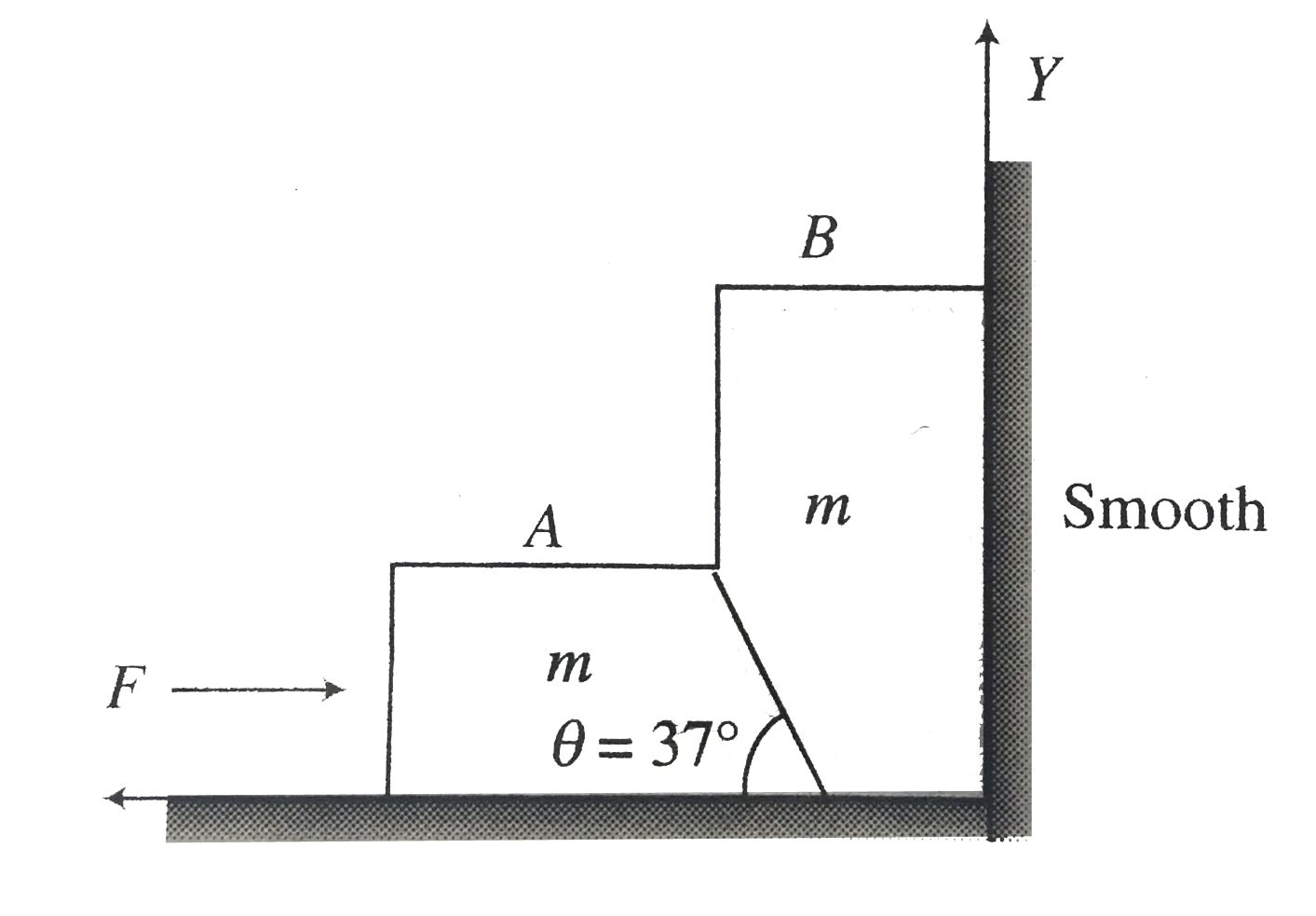
As soon as the pressing force on the horizontal wall by block B become zero, it will lose contact with ground. If the value of F further increases, block B will accelerate in the upward direction and simulaneously block A will towards right.
What is the minimum value of F to lift block B from ground?08:55View SolutionTwo smooth block are placed at a smooth corner as shown in fig. Both the bloks are having mass m. We apply a force F on the block m. Block A presses block B in the normal direction, due to which pressing force on vertical wall will increase, and pressing force on the horizontal wall decreases, as we increases `F(theta = 37^(@)` with horizontal).
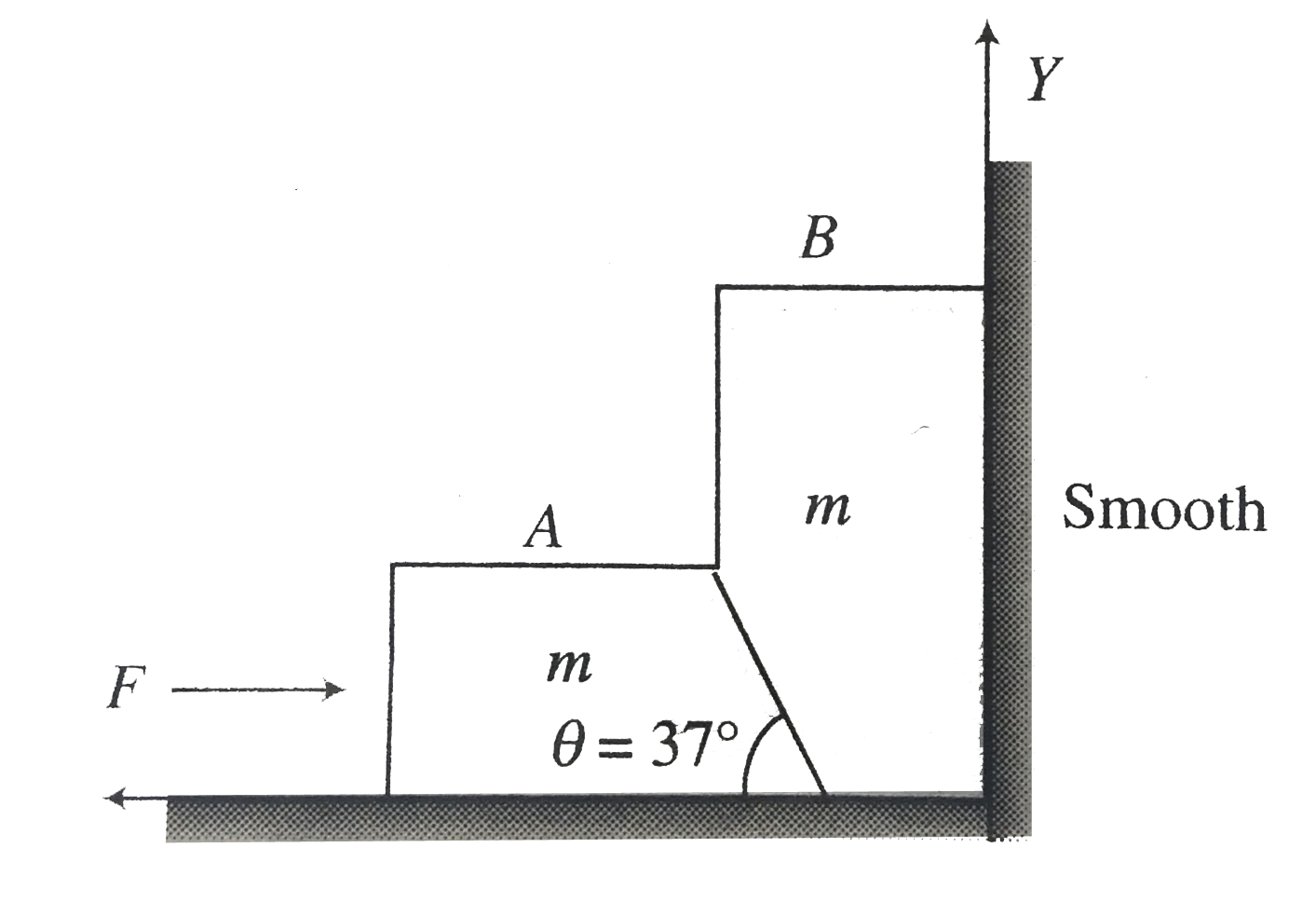
As soon as the pressing force on the horizontal wall by block B become zero, it will lose contact with ground. If the value of F further increases, block B will accelerate in the upward direction and simulaneously block A will towards right.
If both the blocks are stationary, the force exerted by ground of block A is08:55View SolutionTwo smooth block are placed at a smooth corner as shown in fig. Both the bloks are having mass m. We apply a force F on the block m. Block A presses block B in the normal direction, due to which pressing force on vertical wall will increase, and pressing force on the horizontal wall decreases, as we increases `F(theta = 37^(@)` with horizontal).
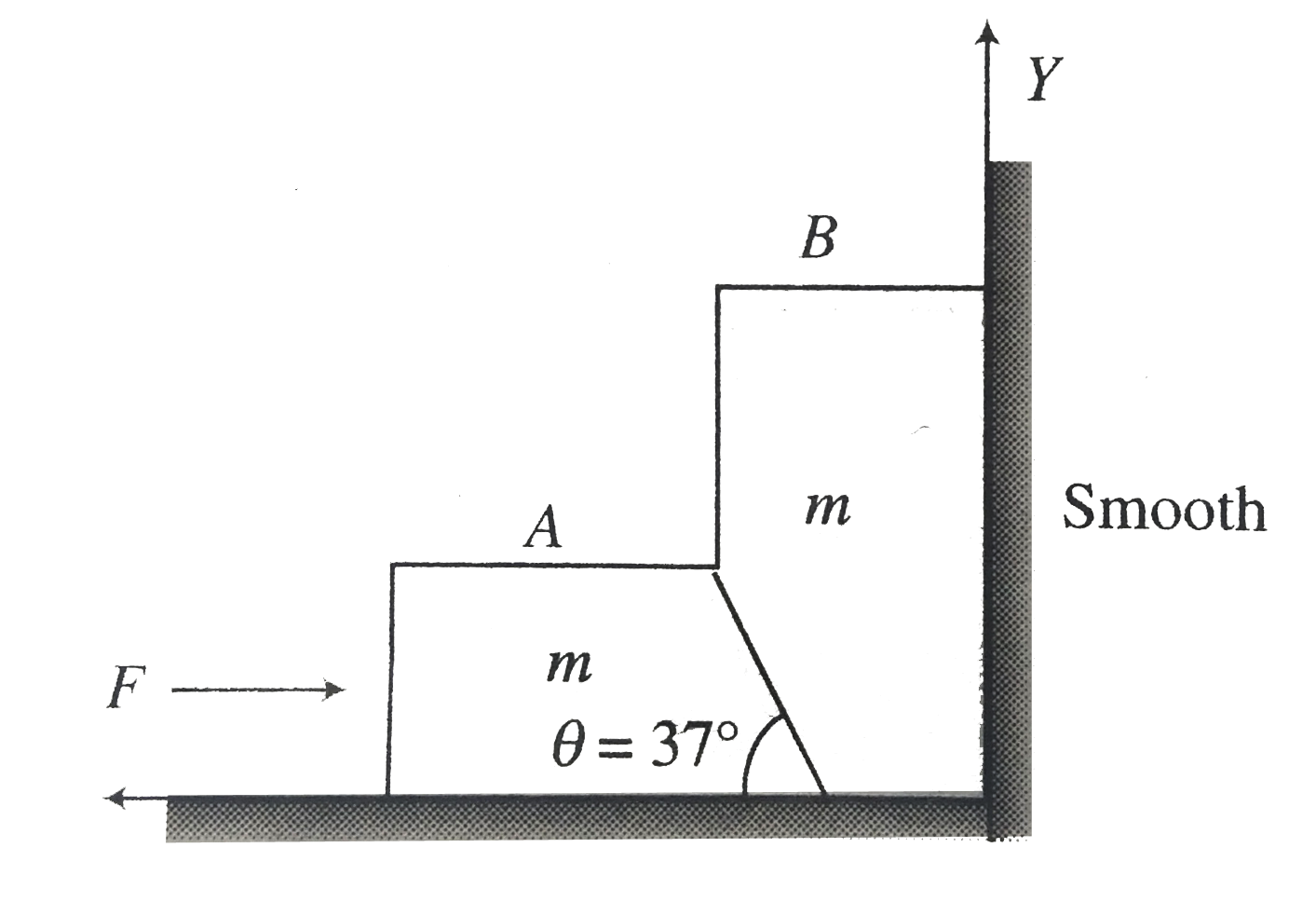
As soon as the pressing force on the horizontal wall by block B become zero, it will lose contact with ground. If the value of F further increases, block B will accelerate in the upward direction and simulaneously block A will towards right.
If the acceleration of block A is a rightwards, then the acceleration of block B will be08:55View SolutionTwo containers of sand are arranged like the block as shown in fig. the containers alone have negligible mass, the sand in them has a total mass `M_("tot")` , the sand in the hanging container H hs mass m.
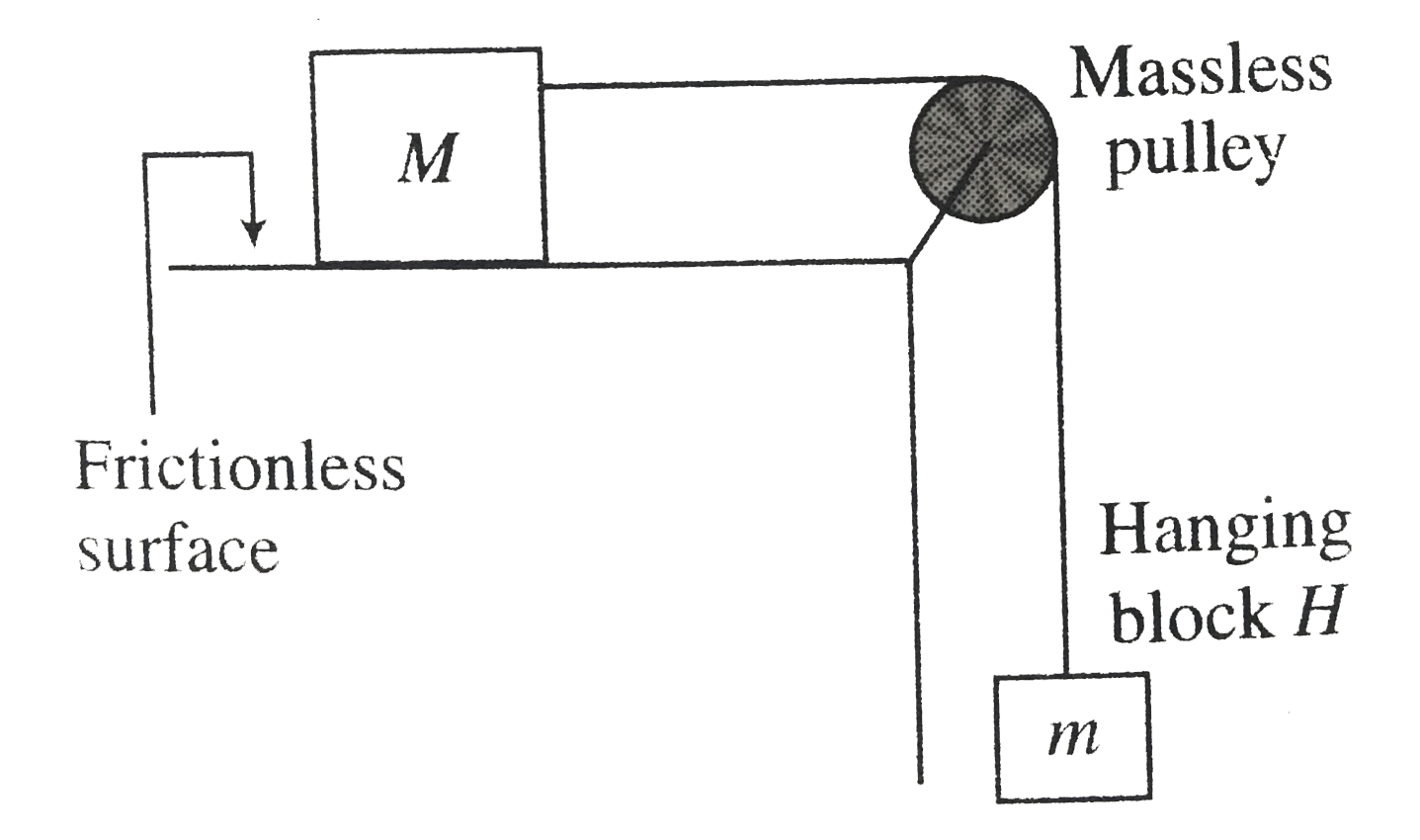
To measure the magnitude a of the acceleration of the system, a large number of experiments carried out where m varies from experiment to experiment but `M_("tot")` does not, that is, sand in shifted between the containers before each trial .
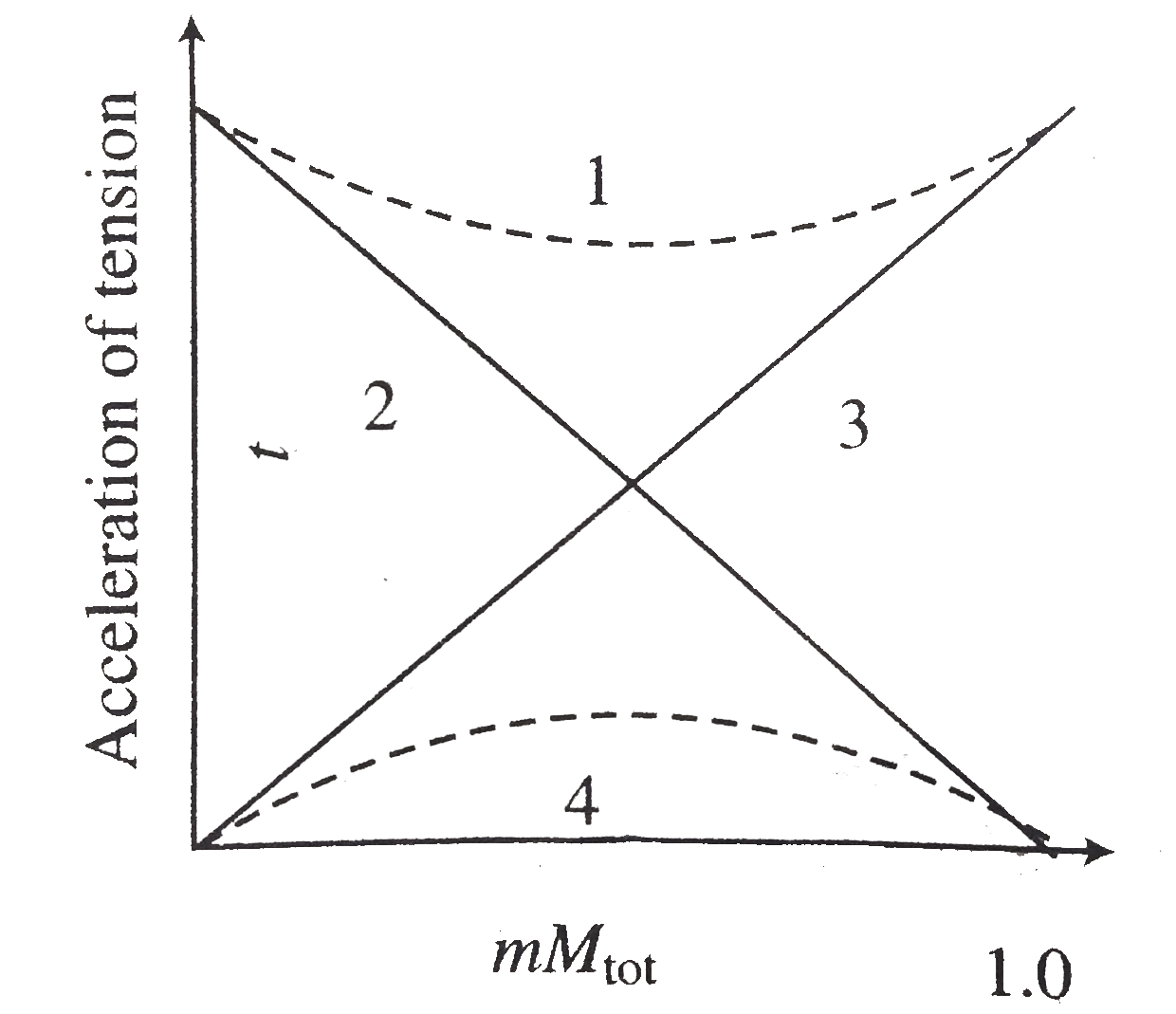
Which of the curves in graph correctly gives acceleration magnitude as a function of the ratio `m//M_("tot")` (vertical axis is for acceleration)?06:40View SolutionTwo containers of sand S and H are arranged like the blocks figure (a) The container alone have negligible mass, the sand in them has a total mass `M_("tot")` , the sand in the hanging container H has mass m. You are to measure the magnitude a of the acceleration of the system in a series of experiments where m varies from experiment to experiment by `M_("tot")` does not, that is, you will shift sand between the containers before each trial `m/(M_("tot"))` is taken on the horizontal axis for all the plots.
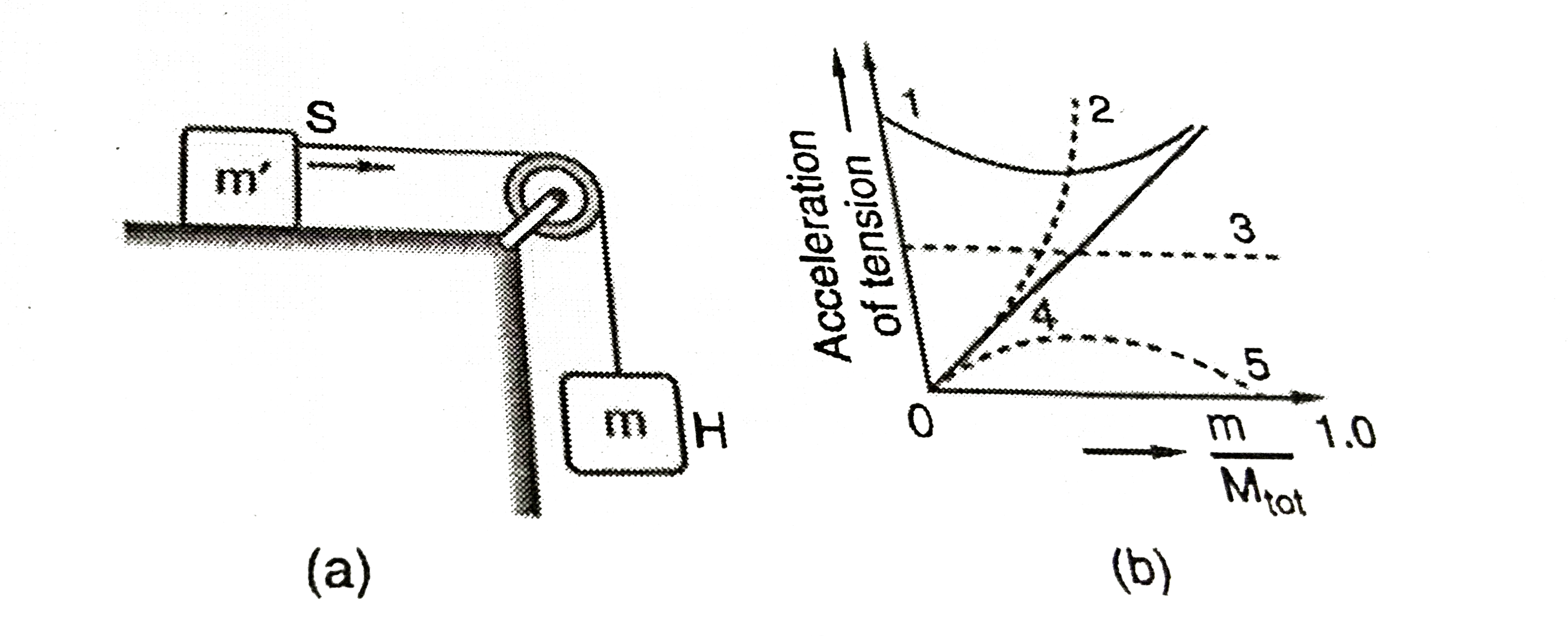
The curve which gives tension in the connecting string (taken on y-axis) as a function of ratio `(m/M_("tot"))` is:View SolutionTwo containers of sand are arranged like the block as shown in fig. the containers alone have negligible mass, the sand in them has a total mass `M_("tot")` , the sand in the hanging container H hs mass m.

To measure the magnitude a of the acceleration of the system, a large number of experiments carried out where m varies from experiment to experiment but `M_("tot")` does not, that is, sand in shifted between the containers before each trial .

Which of the curves in graph correctly gives acceleration magnitude as a function of the ratio `m//M_("tot")` (vertical axis is for acceleration)?06:40View Solution
Comprehension questions and complete solutions for chapter FORCE AND NEWTONS LAWS OF MOTION of GR BATHLA & SONS PHYSICS (HINGLISH) of Class 11
